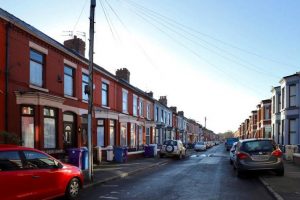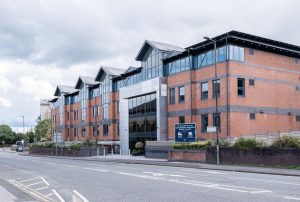Green Belt land essential to meet NW housing targets

New research from The Strategic Land Group (SLG) has raised questions around the ability of North West councils to meet housing targets without using Green Belt land.
Brownfield land is able to deliver just 150,119 new home across the region – less than a third of the required figure.
Council Brownfield Land Registers confirm that, despite assertions to the contrary, none of the local authorities in the North West possess sufficient brownfield land to deliver the new homes they need – only in St Helens does brownfield land meet more than 50% of housing need.
According to the research, six councils in the North West have more than half their boroughs designated as Green Belt.
In West Lancashire 99% of the borough is designated Green Belt, while in Blackpool – the opposite end of the scale – that figure is just 2%.
For councils like West Lancashire, it is of little surprise that the suitability of Green Belt for development is being considered.
Of those councils that are proposing development in the Green Belt, the figures range from just 2.5% of the housing requirement in Wyre, through to 79% of the housing requirement in Wirral, an authority where all the greenfield sites are designated Green Belt.
The high levels of Green Belt and the limited availability of brownfield land combine to mean that some Green Belt land is needed for development if housing need is to be met.
Despite that, the Green Belt does appear to still be acting as a constraint on development – 10 authorities are proposing no Green Belt housing at all, while only around a fifth of the new homes needed over the coming decades are proposed to be located in the Green Belt.
There are only eight local authorities planning to deliver more homes in the Green Belt than on brownfield sites – yet they are some of the most heavily constrained by the Green Belt with, on average, 47% of their areas carrying a Green Belt designation.
In reality, in most authorities, the number of homes proposed on brownfield land exceeds those proposed in the Green Belt – including Greater Manchester which plans around 56,000 homes in the Green Belt, versus approximately 100,000 on brownfield land.
Paul Smith, managing director of The Strategic Land Group, said: “It’s apparent that the North West is heavily constrained by the Green Belt, with a proportion that is three times higher than the national average.
“At the same time, the amount of brownfield land that is available for development is modest. That is, in part, due to the success councils have had in redeveloping brownfield sites over the last 20 years.
“The mention of Green Belt usually evokes images of rolling hills, lush greenery and open space, but, in reality, much of the Green Belt consists of previously developed land, poor quality grassland and roadside verges.
“Unfortunately, those misconceptions continue to prevent sensible conversation – there is 29,690 ha more Green Belt today than in 1997.
Although some Green Belt has been lost in recent years at current rates, it would take almost 3,000 years for all the Green Belt to be developed, yet perception persists that Britain is disappearing underneath a sea of concrete, which clearly isn’t the case.”
He added: “If the North West is to stand a chance of meeting its housing targets to support population growth, there needs to be more dialogue around the sensible use of Green Belt to deliver new homes.”








